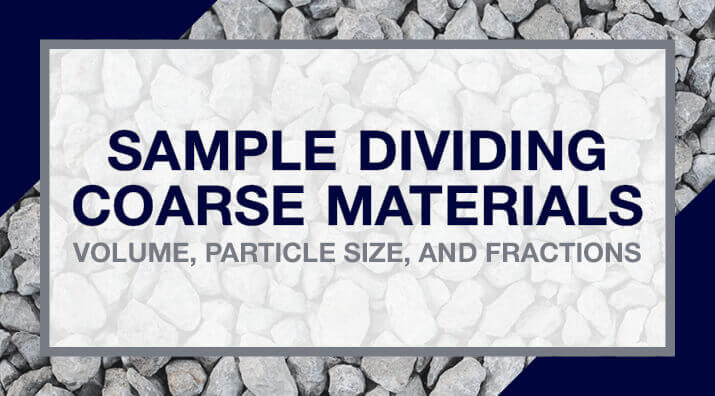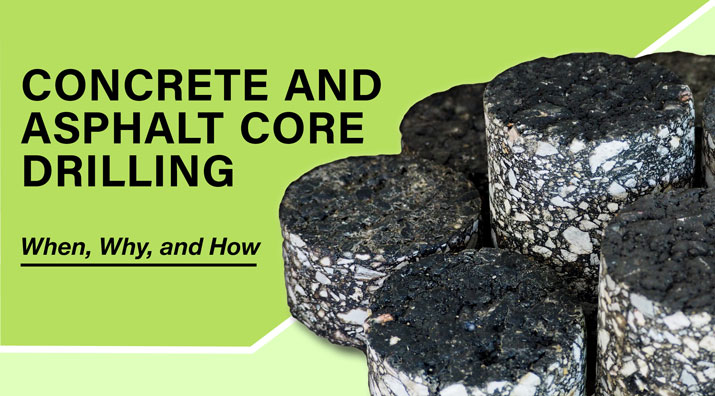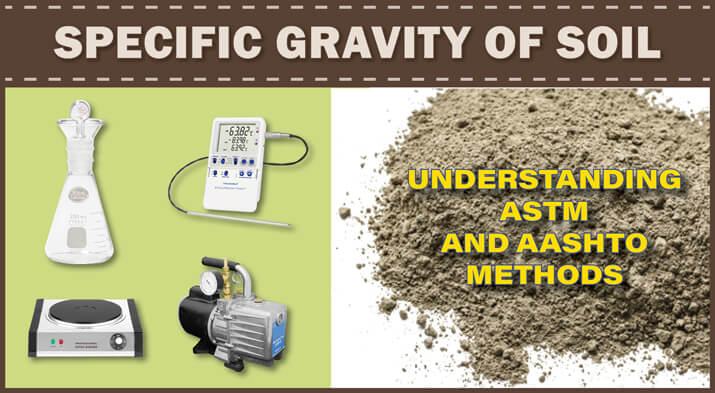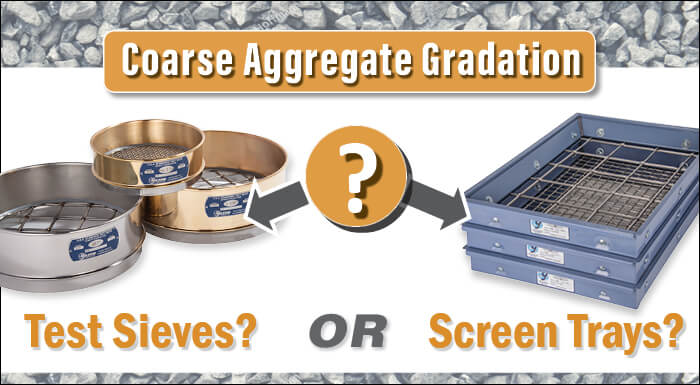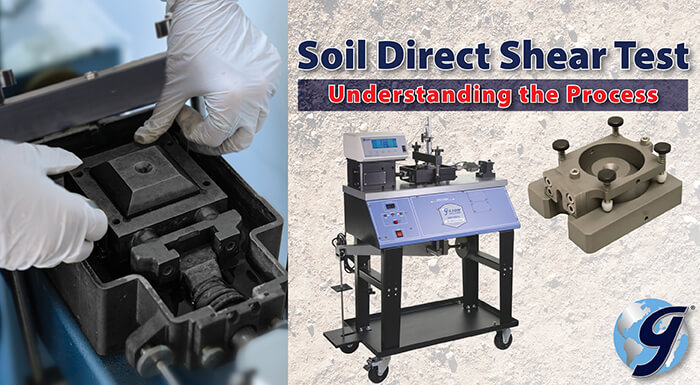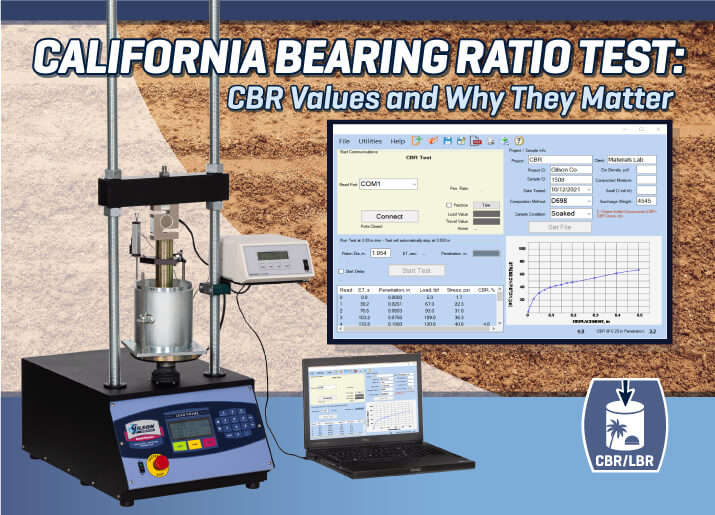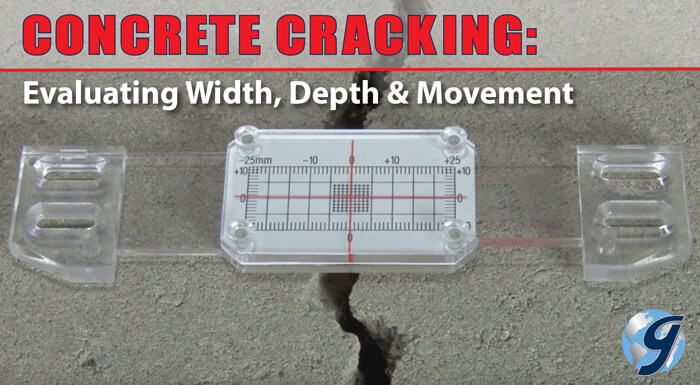In this blog post, we focus on the specialty large volume splitters. These sample dividers you may not see every day. They have unique features that could solve a problem for you when sample dividing coarse aggregates.
- Log in
- Favorites List
-
Shopping Cart
You have no items in your shopping cart.
Blog posts tagged with 'Resource Guide'
Have questions about your materials testing equipment? We have the answers to these questions and much more right here! Check back monthly for long-form blog posts, how-to guides and infographics. We’ll address industry insights, the operation and maintenance of specific equipment, and our product line recommendations, all designed to better serve you.
Bookmark this page, add it to your RSS reader, or subscribe to our newsletter, so you never miss a hot topic.
This blog post will focus on the core drilling method and the core sampling equipment. We discuss why and how core samples are taken from asphalt and concrete. Lastly, we touch on some of the different lab tests performed.
Quick, name the most widely used and cost-effective scientific instrument in your laboratory. Some possibilities come to mind, but our argument is for the ordinary test sieve. In this month’s blog post we discuss the purpose of sieves and how to select the right sieve to fit your particle sizing needs.
In this month's blog post we discuss the equipment and procedures that are used to perform the ASTM and AASHTO test method for Specific Gravity of Soil Solids.
Does the particle size analysis of coarse aggregates always require a testing screen with large screen trays? In a situation where larger testing equipment is not available, there may still be ways to get the job done. Using conventional round test sieves for large particle sizes is less efficient, but still acceptable if done properly. We discuss test requirements, sieve capacities, and tips to help with equipment selection.
Advances in technology continue to refine concrete cover meters and rebar locators, which have been around for decades and used to locate and identify concrete reinforcing steel accurately. They are integral to nondestructive evaluations of reinforced concrete structures and pavements to prevent damage to the reinforcing steel within the structure when drilling or cutting reinforced concrete. This blog post explores the features and capabilities of some of these popular instruments.
This blog provides an informative guide on why direct shear testing is essential, and we guide you on what equipment you need to perform the test based on ASTM D3080 and AASHTO T 236.
In this blog, it will discuss setting up and furnishing temporary field-testing labs with essential laboratory equipment. Field labs are generally limited to a few particular tests, but no matter the material, most require the same essentials to measure properties like size, weight, and moisture.
In this blog post we discuss why it is important to perform strength tests of soil subgrades for pavement design, and also review what is needed for each type of test method whether it be in the lab or out in the field including the DCP test.
Cracks in concrete are so common that they're practically inevitable. The good news is, not all of them are bad. The bad news is, sometimes it's hard to tell the difference. In this blog post, we will discuss how best to measure and monitor cracks and select the best equipment for the job.
- 2026
- 2025
- 2024
- 2023
- 2022
- 2021
- 2020
- 2019
- 2018
- 2017
- 2016
- 2015
















